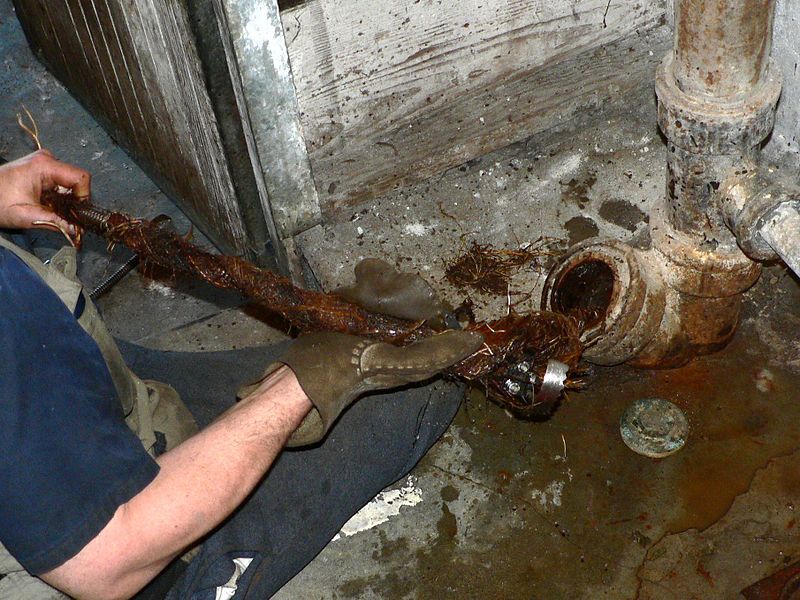
If you’ve been noticing some plumbing issues and you have trees growing really close to the house, this could be the problem. Trees growing next to house can provide shade and shelter and reduce and energy cost throughout the year, but there are some downsides. Roots that grow outwards in a continual drive for moisture in the soil can start to reach places you don’t want them to go. The size of the root can depend on the compaction of the soil, weather conditions, and the size of the tree. Large trees could produce undergrowth that is up to 50 feet deep and a trees elevation can also have roots extending over 30 feet beyond the outer reaches of the branches. Typically, roots don’t go beyond the size of the crown, but this isn’t always the case. Roots will push through the soil as they seek water and oxygen.
Read More: Should I just cut the tree’s roots?
Clay soil, which we tend to have a lot of around here in the Pacific Northwest, causes subsidence, the term for a structure that sinks deeper into the ground. It’s also a common problem with the shrinking and swelling of dirt and soil. If the roots of a tree are growing too close to the foundation, tree removal may be necessary.
It is not uncommon for an evaluation to show that tree roots have entered underground sewer pipes. If cracks and holes are present in these pipes, roots can grow into the pipe itself in search of moisture. This can clog up the pipe causing flooding, obstructions, and extremely expensive repairs. Tree removal is often recommended in the situation as well as fixing cracks and holes.
If you’re unsure that a tree root might be the cause of your plumbing issues, give us a call. We can offer an evaluation of the tree to see if this might be the cause or to be on the safe side, simply remove the tree before any issues become detrimental. Give us a call today if you have questions on tree removal services throughout Snohomish, Bothell, Woodinville, King and Snohomish County.
By Walter Siegmund [GFDL (http://www.gnu.org/copyleft/fdl.html), CC-BY-SA-3.0 (http://creativecommons.org/licenses/by-sa/3.0/) or CC BY 2.5 (https://creativecommons.org/licenses/by/2.5)], from Wikimedia Commons
